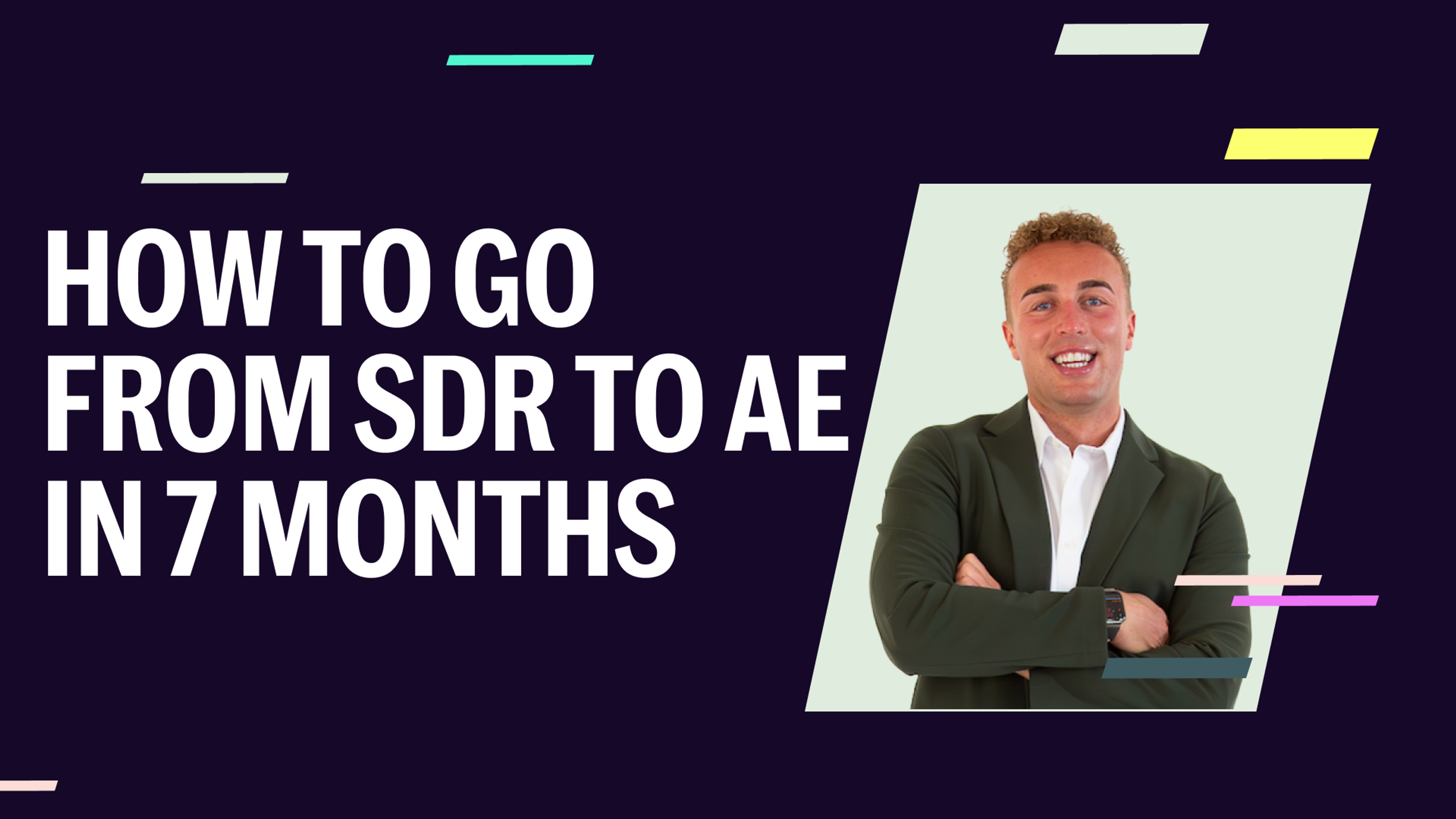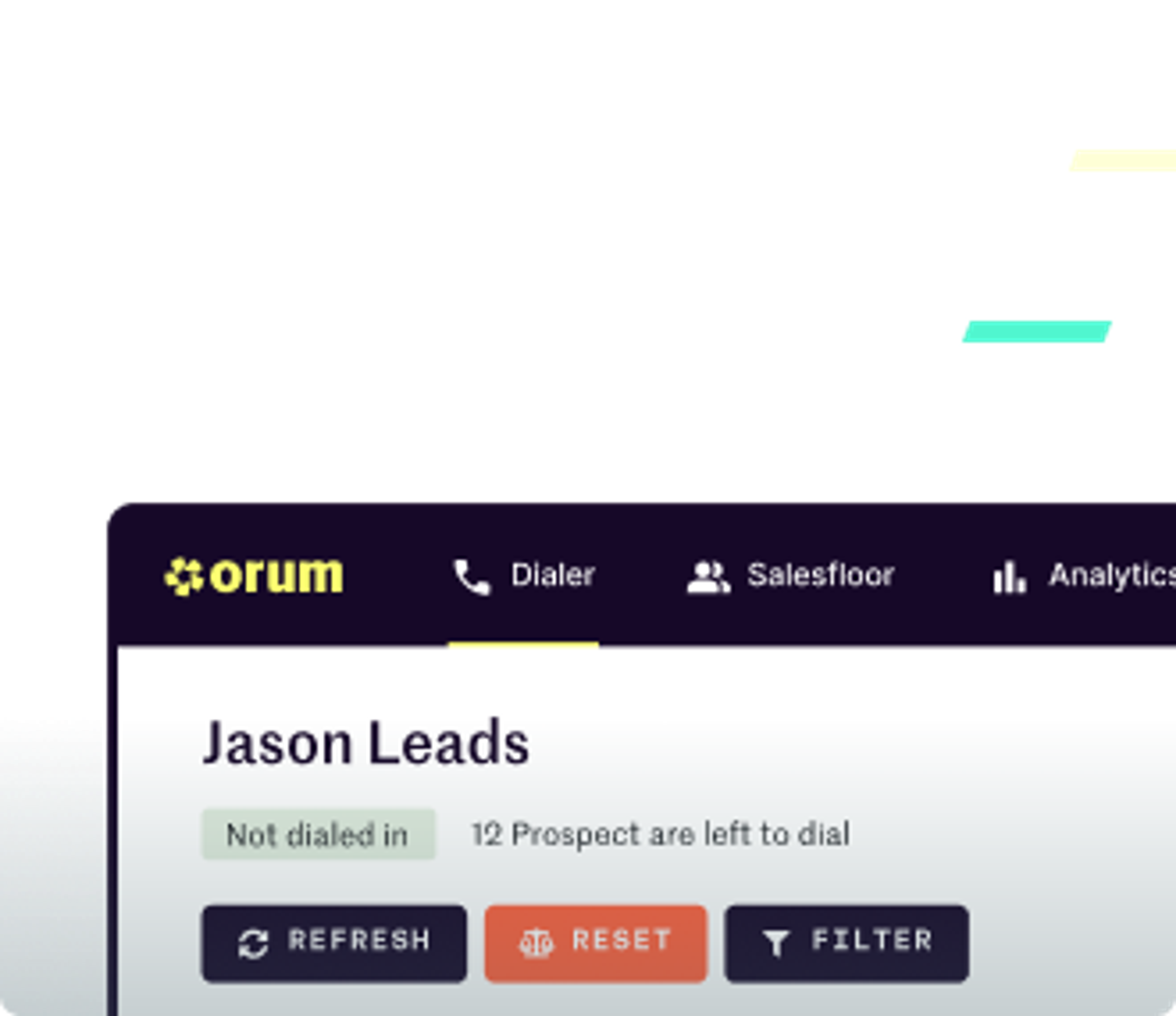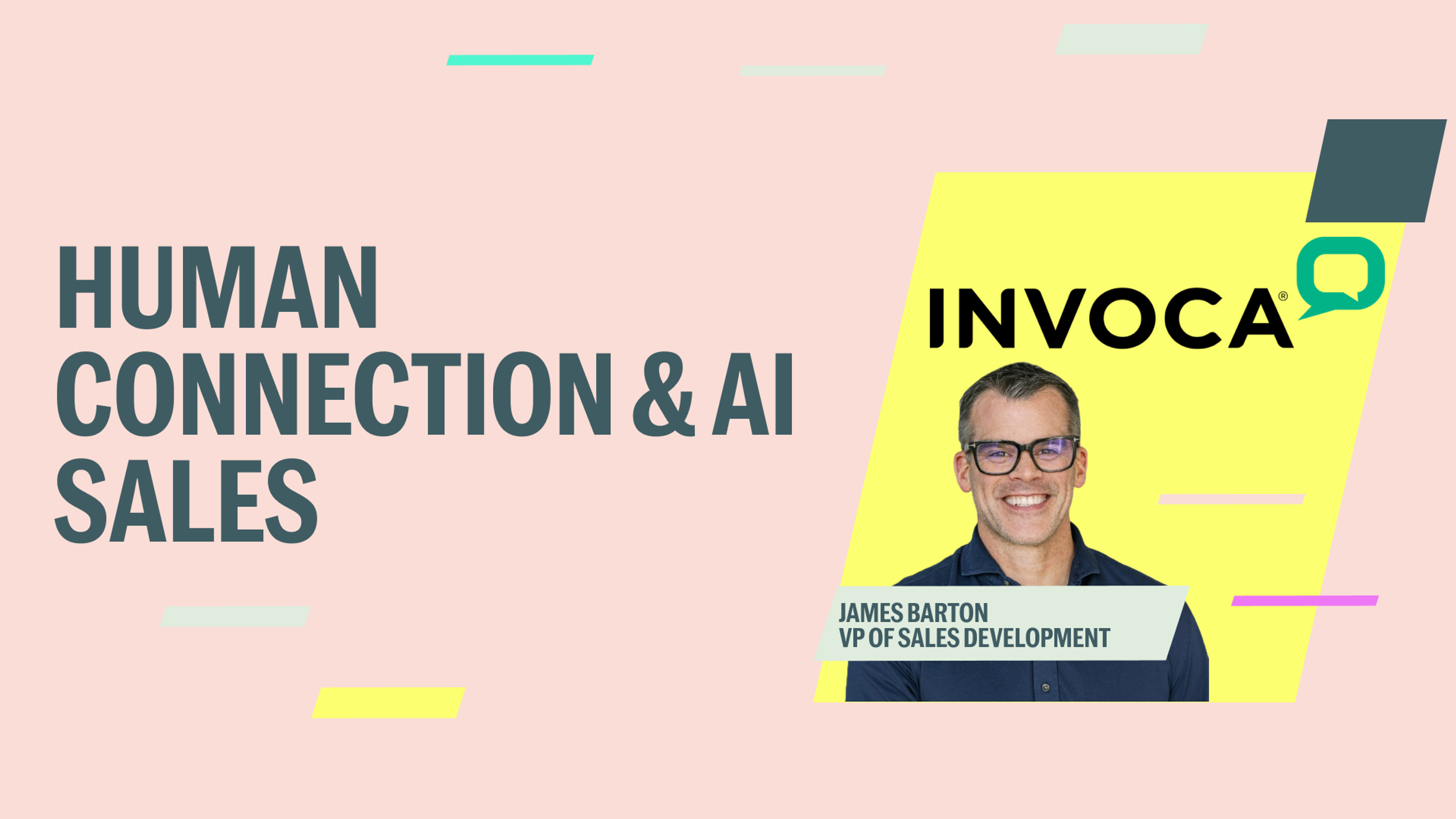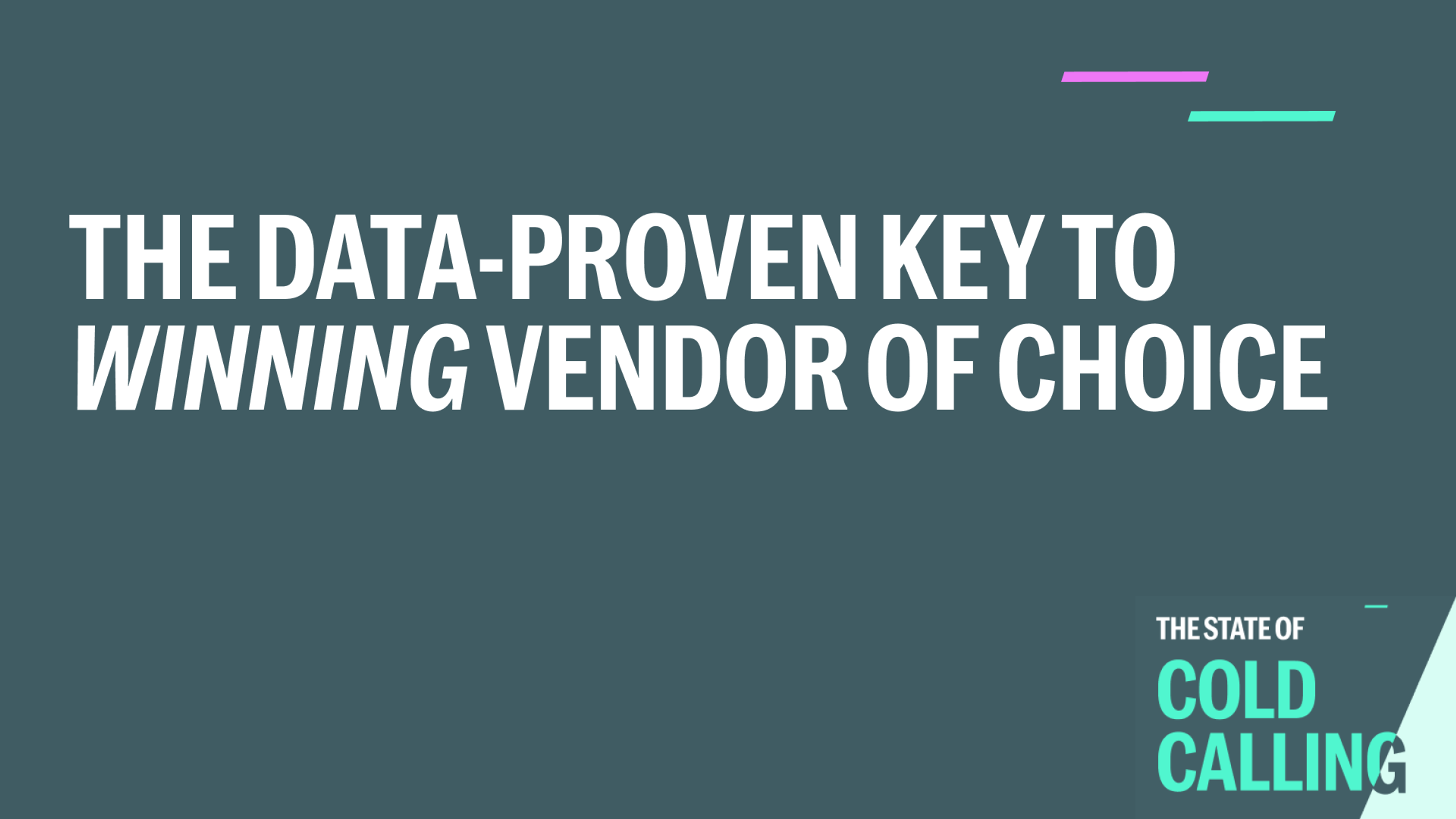From SDR to AE in 7 Months


A Playbook for Fast-Tracking Your Sales Career with Orum’s AI Coaching Suite
When Kolbie Knorr joined Orum as a Senior SDR, he had one clear goal in mind: to become an Account Executive and do it as quickly as possible. He wasn’t shy about it either. On his very first days in the role, he told his managers, peers, and even leaders outside his department exactly where he wanted to go.
“I’m a firm believer that you have to be your biggest advocate,” Kolbie says. “If leadership knows your goals, they can help you align on the steps you need to take to get there.”
Seven months later, he was sitting in his new seat as an AE for AI Transformation. The path wasn’t about luck or timing. It was about deliberate choices, daily practice, and making the most of Orum’s AI Coaching Suite to sharpen his skills faster than the average career track allows.
Learn how to be a top performer from top performers
Kolbie’s first step wasn’t about tools or tech. It was about people. He sought out the top-performing SDRs and AEs in the company and studied their approach. He asked what they did differently, what they avoided, and how they thought about their daily work.
From there, he began experimenting. Some strategies fit his style immediately, while others needed to be adapted. “I was open to trying new things and adapting quickly,” he says. “Not everything will be a perfect fit, but the faster you figure out what works for you, the faster you grow.”
At the same time, he made sure to build his reputation as someone the team could count on. Sales can be competitive, but Kolbie knew leadership roles go to people who lift everyone’s performance. He kept his own pipeline and KPIs healthy, then turned to help his teammates. “If I’m finding success and I share that with the team, and then they have success, it only makes my case stronger for stepping into leadership.”
Creating a Sales Routine for Growth
Kolbie built a daily rhythm around Orum’s AI Coaching Suite, treating it like a training gym for his sales skills.
Mornings started with AI roleplay, often 20 to 30 minutes before his first call block. He used the time to run through intros, practice objection handling, and get mentally warmed up. “It’s like dusting off the cobwebs,” he explains. “When that first prospect picks up, you’re already in the zone.”
After his live calls, Kolbie would dive into his AI Scorecards, picking out the top two or three highest-scoring conversations and the bottom two or three that needed work. This wasn’t about tallying grades. It was about finding patterns. Some days the theme was clear, like strong openers, but weaker budget objection handling. The next morning’s AI Roleplay would focus on those exact objections, giving him a better shot at overcoming them on the next call.
Learning the AE Role Before Having the Title
Kolbie didn’t wait for a promotion to start acting like an AE. He joined live streams of intro calls, demos, and even negotiation meetings. Sometimes he was a silent observer, other times he contributed where it made sense. This gave him a clear picture of what the role required and built confidence in his own ability to handle those conversations.
“By the time I got into this role, I felt like I’d already been doing it,” he says. “That confidence came from seeing and practicing AE-level conversations early.”
The exposure also improved his SDR work. His talk tracks became sharper, his emails clearer, and his understanding of the full sales cycle deeper.
Keeping a Constant Pulse on the Market
One of Kolbie’s biggest advantages was staying proactive instead of reactive. He knew that objection trends shift quickly and that talk tracks can go stale in a matter of weeks. By checking scorecards daily and reviewing analytics weekly, he spotted those changes early and adjusted in real time.
“The quicker you can have a pulse on where you need to adapt with the market, the stronger you become,” he says. “Don’t wait three weeks to figure out something’s not working.”
The Takeaway for SDRs
Kolbie’s journey shows that moving from SDR to AE quickly is about more than just hitting quota. It’s about making your intentions clear, learning from the best, helping your team, and creating a disciplined routine for skill development.
By using Orum’s AI Coaching Suite to practice daily, review performance critically, and build confidence in AE-level situations, Kolbie was ready for the role before the title was ever offered.
His advice is simple: “Put yourself in the room as early as possible. The sooner you see what the next role looks like, the sooner you’ll be ready to step into it.”





